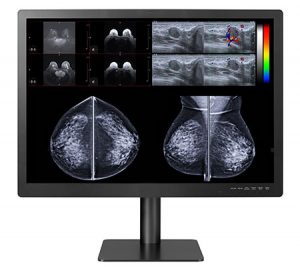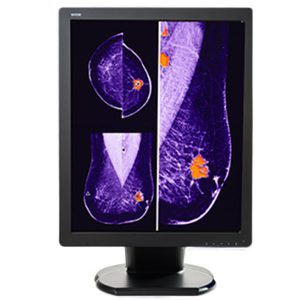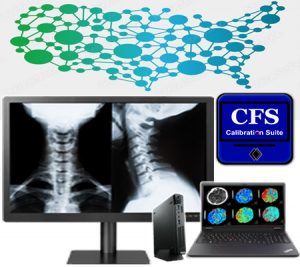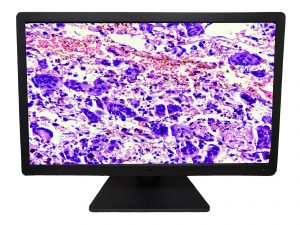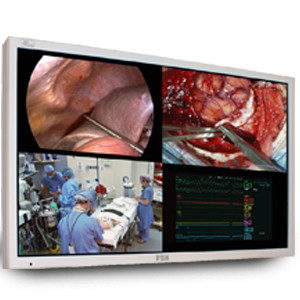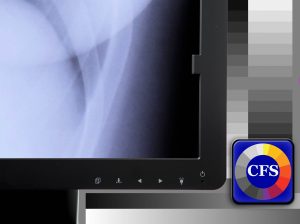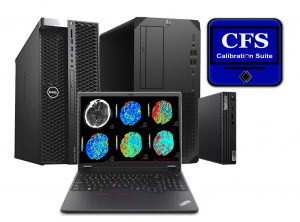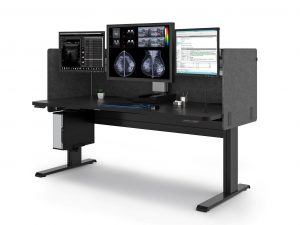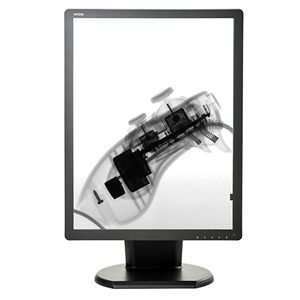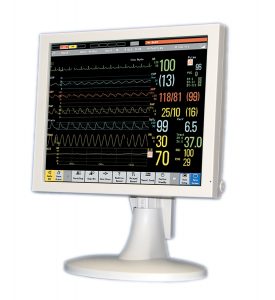Improving Patient Care in Radiology
During the past decade, and especially with the new normal, the medical model has shifted to focus on patient-centered care. Patient-centered care (PCC) is at the heart of medicine and focuses on each individual’s particular healthcare needs. Treatments, medications, and medical approaches are tailored to the patient’s preferences, needs, and values. What is Patient-Centered Care? Today, PCC is equated with high-quality medical services. At the core of PPC is the moral obligation to care for patients on their terms. This way it’s ensured that patients are listened to, informed, respected, and become more significantly involved in the care process.
Evidence-based medicine acknowledges that a successful outcome is not only what is valued by physicians but also what is meaningful to the patients themselves. Preparing health care professionals to be more mindful, informative, and empathic shifts their role which in the past has been characterized by that of being a detached authority to one that encourages partnership, solidarity, empathy, and collaboration. With our diagnostic radiology display monitors, practitioners can evaluate the best course of action and treatment for patients, while simultaneously helping to provide a medical experience that also caters to the patient’s requests. Learn more about improving patient care below.
How Radiology Displays Improve Patient Centered Care:
The Benefits of Patient-Centered Care? PCC can be profoundly beneficial when done right. However, confusion on what the term’s aim can produce unhelpful results that are superficial and ineffective. In fact, some hospitals and healthcare facilities operate in the name of patient-centered care but instead adopt models used by hotels, including greeters, greenery, and gadgets. Even though these services are great for the patient’s experience they don’t necessarily accomplish the aim of patient-centered care. A partial positive patient experience isn’t the goal. Sure, patients should have a good experience when they embark on their care process, but PCC is much more comprehensive and addresses a much deeper level. Our diagnostic radiology display monitors seek to uphold the tenets of the Patient-Center Care model by helping departments and radiologists evaluate patients true needs, and apply medical assistance from those images.
Here are the benefits both patients and healthcare facilities can accomplish when improving patient care:
Access to a Comprehensive Patient Profile: Within the healthcare system patients often have various touchpoints making it challenging to access their data as it’s spread out through website usage, social media, claims, provider data, and many others. Adopting this method helps to provide patient care under one roof, and with our radiology display monitors, patient care is evaluated based on radiological imaging.
Information is power: By creating a comprehensive profile of your patient, with radiology displays, you are ensuring you have a full picture of their health and medical history. With this information, you’ll be able to provide your patients with the kind of high-quality care that PCC aims for.
Build trust and increase customer retention: According to a 2021 Beryl Institute report, 70% of patients will share a positive experience with others. But your bigger risk is that 76% will share a negative one. And with a negative experience, 43% of patients won’t go back to that provider, with 37% finding a different doctor altogether. By implementing PCC you’re ensuring your patients get the best possible experience by acting upon the ailment. Ultimately, not only will your patients keep going back to a healthcare facility they trust, but they’ll share this positive experience with others.
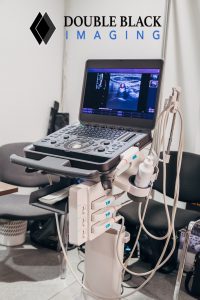 Increase Patient Engagement: An interactive process with patients ensures a quality-based experience for them. Guiding them through their care journey at your healthcare facility while keeping an open communication will keep your patients engaged as well as deliver a personalized end-to end care.
Increase Patient Engagement: An interactive process with patients ensures a quality-based experience for them. Guiding them through their care journey at your healthcare facility while keeping an open communication will keep your patients engaged as well as deliver a personalized end-to end care.
Discover how our diagnostic radiology display monitors can help improve your practice today.
